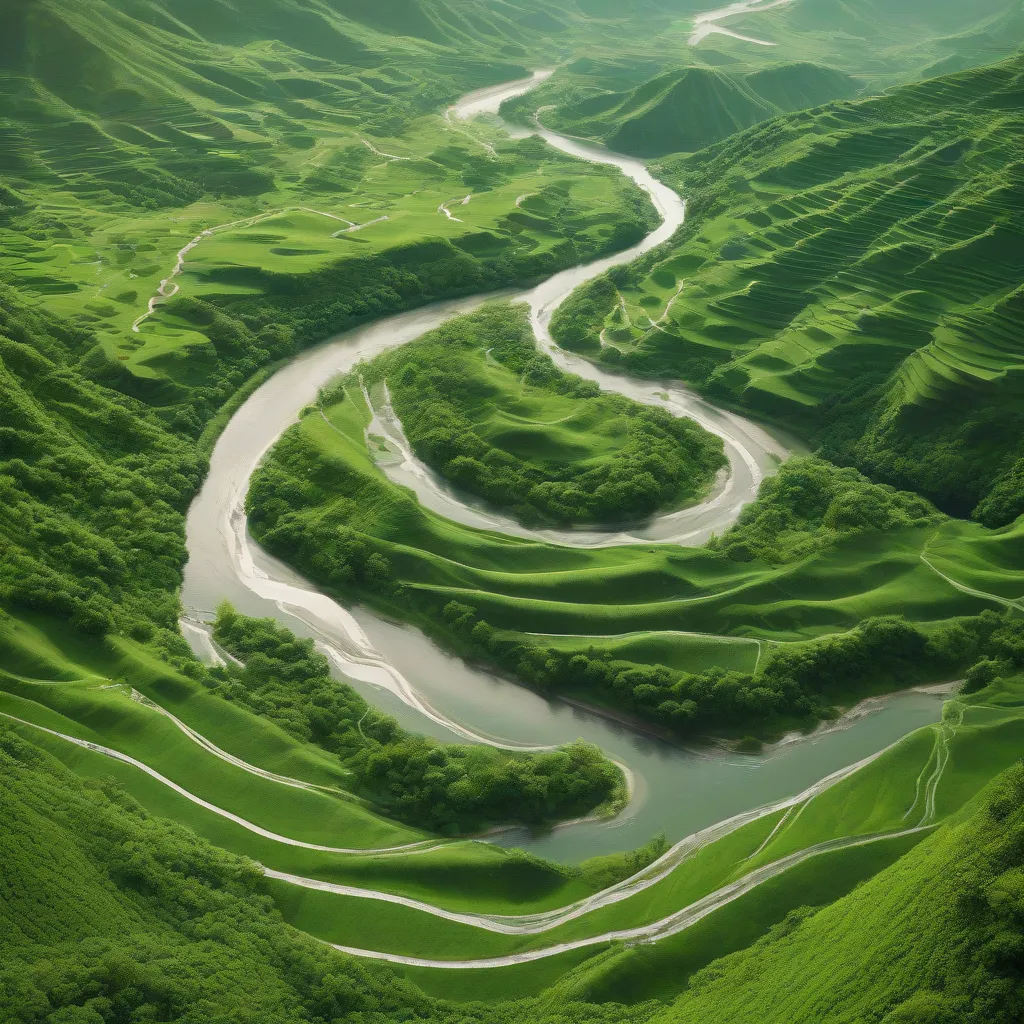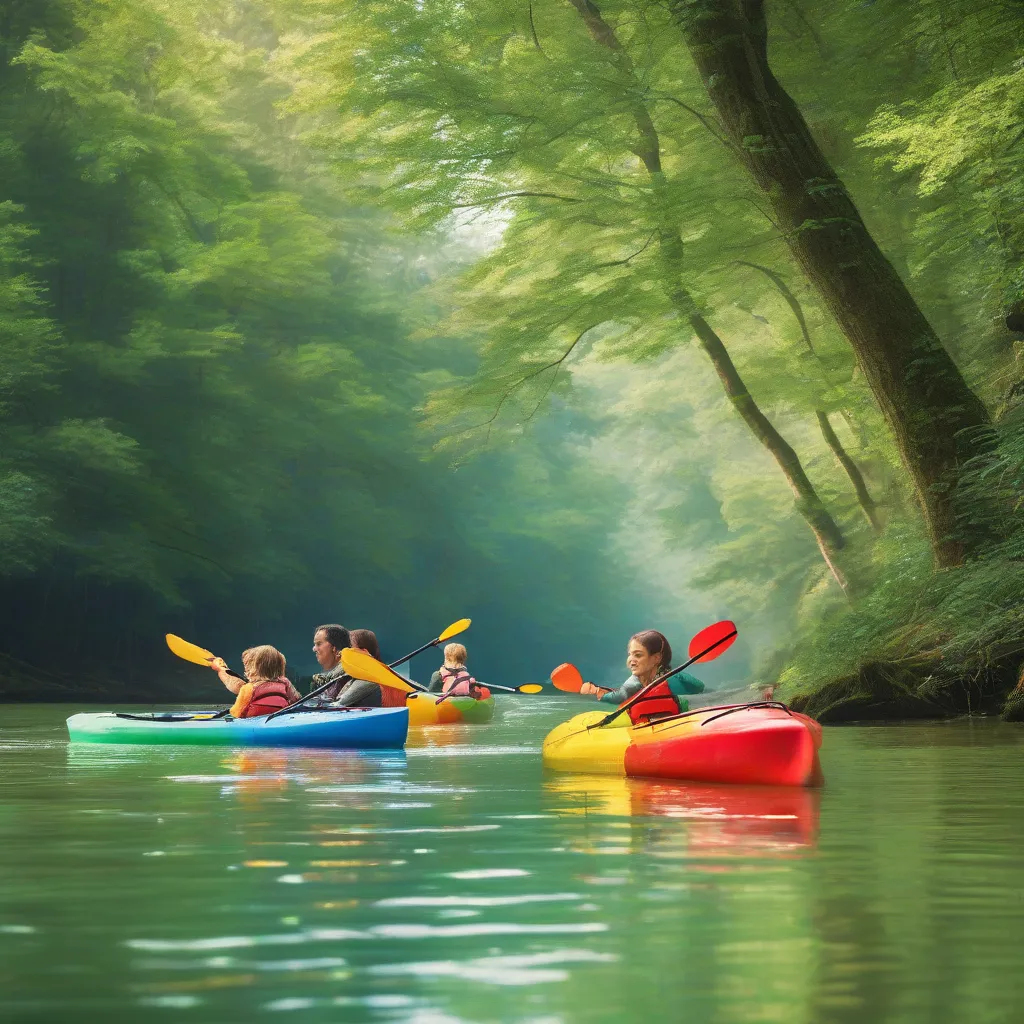Have you ever stood at the mouth of a mighty river like the Mekong, the Nile, or the Amazon, and wondered how such an immense body of water came to be? It’s easy to forget, looking at the churning brown expanse, that every river starts small. In the heart of a mountain range or a gentle spring, a trickle of water begins its journey. This is the story of how those trickles become torrents, how rivers grow and change as they carve their way across the land.
From Trickle to Torrent: The Making of a River
A river’s journey begins with a single raindrop, or perhaps the slow melt of a snow-capped peak. This water, seeking the path of least resistance, flows downhill, joining with other rivulets along the way. This merging of streams, known as tributaries, is the first way a river increases its volume. Think of it like a network of veins, each one carrying more water to the main artery of the river.
The Eroding Power of Water
As the river flows, it carries with it more than just water. Sand, pebbles, even boulders are swept along, grinding against the riverbed in a process called erosion. This constant wearing down widens and deepens the river channel, allowing it to carry even more water. Imagine the Colorado River carving through the Grand Canyon, a testament to the sheer power of water over millennia.
The Role of Rainfall and Snowmelt
The amount of water in a river, also known as its discharge, is heavily influenced by rainfall and snowmelt. Periods of heavy rain or rapid snowmelt can cause rivers to swell, sometimes to overflowing. This is why understanding a region’s climate is crucial to understanding its rivers. For example, the Ganges River in India is largely fed by monsoon rains, resulting in dramatic changes in water level throughout the year.
 Meandering River
Meandering River
A River’s Journey: Transformation and Impact
As a river flows towards the sea, it constantly reshapes the landscape. It carves valleys, deposits sediment, and creates wetlands, impacting both the environment and the people who live along its banks.
Meanders, Oxbow Lakes, and the Ever-Changing Landscape
Rivers rarely flow in straight lines. Instead, they meander, creating graceful curves that shift and change over time. These meanders can eventually become so pronounced that they loop back on themselves, forming oxbow lakes. These lakes, cut off from the main river channel, are a testament to the dynamic nature of rivers and their impact on the surrounding landscape.
The Human Connection: Rivers as Lifelines and Inspirations
Throughout history, rivers have been vital to human civilization. They provide water for drinking, irrigation, and transportation. The Nile River in Egypt, for example, supported the rise of one of the world’s earliest civilizations. Rivers also hold deep cultural and spiritual significance, often inspiring art, literature, and religious beliefs.
Planning a Trip to See the World’s Great Rivers?
Rivers offer incredible opportunities for exploration and adventure. From tranquil boat rides to whitewater rafting, there’s something for everyone. But before you set off on your own river adventure, here are a few things to keep in mind:
- Research and Respect: Learn about the river’s history, ecology, and any local customs or regulations. Always respect the environment and leave no trace.
- Safety First: Check weather conditions, water levels, and any potential hazards before embarking on any water activities.
- Pack Smart: Bring appropriate clothing, sunscreen, insect repellent, and plenty of water.
For more travel tips and information on some of the world’s most incredible river destinations, visit TRAVELCAR.edu.vn. Let us help you plan your next unforgettable journey!
 Kayaking Adventure
Kayaking Adventure
FAQs About Rivers
- Why do some rivers change color? The color of a river can be influenced by a variety of factors, including the type of sediment it carries, the presence of algae, and even pollution.
- How do dams affect rivers? Dams can alter the flow of a river, impacting wildlife, sediment transport, and the natural flood cycles that many ecosystems depend on.
- Can rivers run dry? Yes, some rivers, particularly in arid regions, may run dry during certain times of year due to lack of rainfall or excessive water extraction.
Remember, rivers are dynamic and powerful forces of nature. Understanding how they work is crucial for appreciating their beauty, harnessing their resources responsibly, and protecting these vital ecosystems for generations to come.

